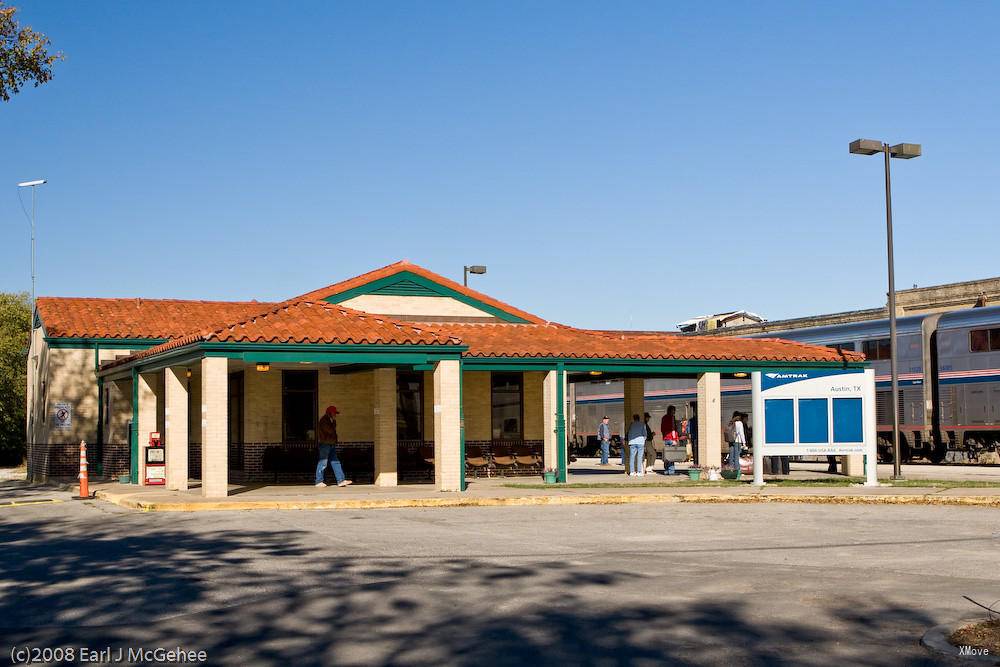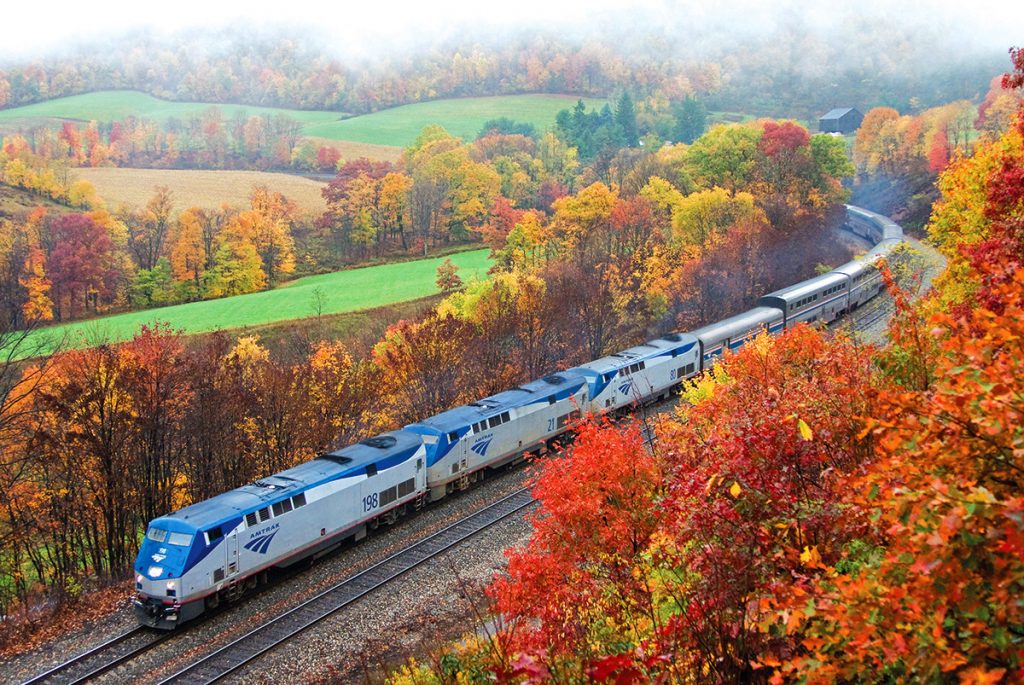Austin is the capital city of the U.S. state of Texas and the seat of Travis County, with portions extending into Hays and Williamson counties. It is the 11th-most populous city in the United States, the fourth-most-populous city in Texas, and the second-most-populous state capital city (after Phoenix, Arizona). It is also the fastest growing large city in the United States and the southernmost state capital in the contiguous United States. As of the U.S. Census Bureau's July 1, 2018 estimate, Austin had a population of 964,254 up from 790,491 at the 2010 census. The city is the cultural and economic center of the Austin–Round Rock metropolitan statistical area, which had an estimated population of 2,168,316 as of July 1, 2018. Located in Central Texas within the greater Texas Hill Country, it is home to numerous lakes, rivers, and waterways, including Lady Bird Lake and Lake Travis on the Colorado River, Barton Springs, McKinney Falls, and Lake Walter E. Long.
In the 1830s, pioneers began to settle the area in central Austin along the Colorado River. In 1839, the site was chosen to replace Houston as the capital of the Republic of Texas and was incorporated under the name "Waterloo". Shortly afterward, the name was changed to Austin in honor of Stephen F. Austin, the "Father of Texas" and the republic's first secretary of state. The city grew throughout the 19th century and became a center for government and education with the construction of the Texas State Capitol and the University of Texas at Austin. After a severe lull in economic growth from the Great Depression, Austin resumed its steady development, and by the 1990s it emerged as a center for technology and business. A number of Fortune 500 companies have headquarters or regional offices in Austin including, 3M, Amazon.com, Apple Inc., Cisco, eBay, General Motors, Google, IBM, Intel, Oracle Corporation, PayPal, Texas Instruments, and Whole Foods Market. Dell's worldwide headquarters is located in the nearby suburb of Round Rock.
Residents of Austin are known as Austinites. They include a diverse mix of government employees, college students, musicians, high-tech workers, blue-collar workers, and a vibrant LGBT community. The city's official slogan promotes Austin as "The Live Music Capital of the World," a reference to the city's many musicians and live music venues, as well as the long-running PBS TV concert series Austin City Limits. The city also adopted "Silicon Hills" as a nickname in the 1990s due to a rapid influx of technology and development companies. In recent years, some Austinites have adopted the unofficial slogan "Keep Austin Weird," which refers to the desire to protect small, unique, and local businesses from being overrun by large corporations. In the late 19th century, Austin was known as the "City of the Violet Crown," because of the colorful glow of light across the hills just after sunset. Even today, many Austin businesses use the term "Violet Crown" in their name. Austin is known as a "clean-air city" for its stringent no-smoking ordinances that apply to all public places and buildings, including restaurants and bars.U.S. News & World Report named Austin the No. 1 place to live in the U.S. for 2017 and 2018. In 2016, Forbes ranked Austin No. 1 on its "Cities of the Future" list, then in 2017 placed the city at that same position on its list for the "Next Biggest Boom Town in the U.S." Also in 2017, Forbes awarded the South River City neighborhood of Austin its #2 ranking for "Best Cities and Neighborhoods for Millennials". WalletHub named Austin the #6 best place in the country to live for 2017. The FBI ranked Austin as the #2 safest major city in the U.S. for 2012.
Austin,Tx - Guide, Attractions, Tours, Sightseeings | Train from/to Austin,Tx | Popular Routes








